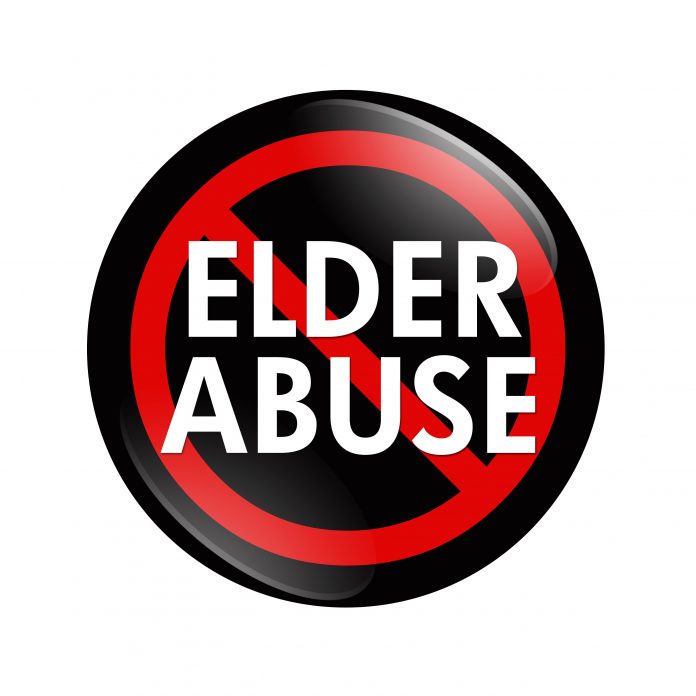Physical abuse against the elderly is anything that causes injury or physical discomfort. It can take place in their own home, out in their community or in a residential home for seniors. Physical abuse can include hitting, shoving, kicking or slapping. Spitting at a senior or restraining them is also physical abuse. Quite often physical abuse will occur along with another type of abuse, such as emotional. As with other types of abuse against seniors, the abuser is almost always someone close to them such as a family member or caregiver.
What are some of the signs of physical abuse against a senior?
- Unexplained injuries. These include cuts, bruises, broken bones or marks on the skin from being grabbed.
- Quite often a senior will have an inadequate explanation for their injuries.
- A senior may seem to be over medicated or in some case under medicated. It is quite common for abusers to take prescription medication or withhold it.
- Broken eyeglasses. An abuser will often break things that the abused senior needs, such as eyeglasses, hearing aids or mobility aids.
Seniors have been burnt with cigarettes, threatened with weapons and restrained. All are forms of physical abuse. In nursing home it’s not unheard of for one member of the nursing home to abuse other members who live there.
In cases of physical abuse it can be difficult to tell the difference between actual abuse by another person or self-neglect that the senior has brought upon themselves. Self-neglect can show up with the same indicators, however, in the case of abuse, the senior may visit different emergency departments in order to avoid detection. Senior loved ones should be monitored by close family members or friends. If you feel that your loved one may be a victim of abuse, report it. Both the U.S. and Canada have various senior safety programmes you can contact or you can go to your local police station to report abuse.
























